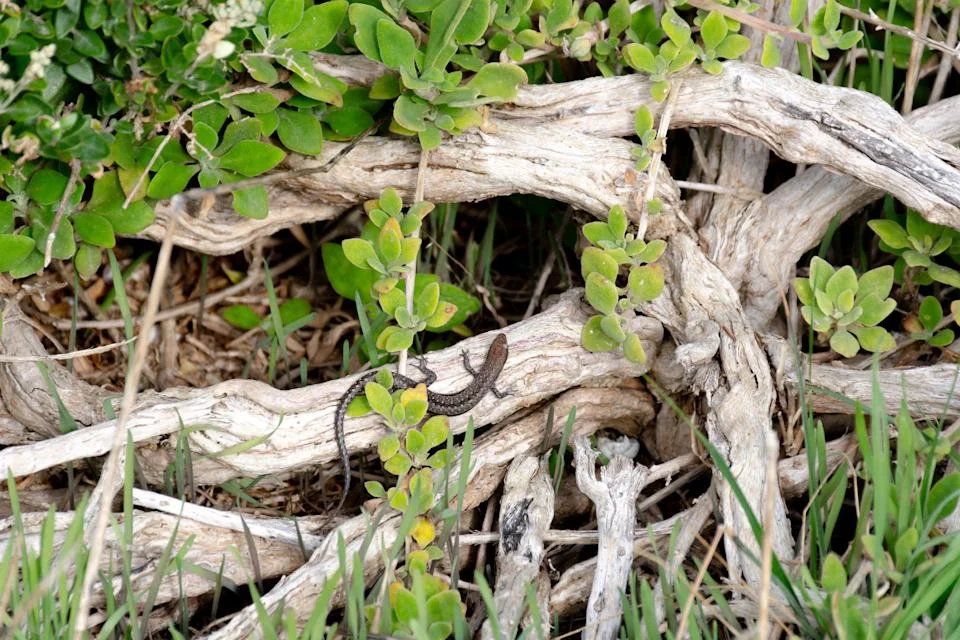
Revolutionary Experiment Aims to Save Endangered Guthega Skinks
In a groundbreaking effort to conserve an endangered species, Australian biologists have taken significant steps by breeding and releasing genetically modified Guthega skinks—a small lizard known for its unique habitat in the Bogong High Plains of Victoria and Mount Kosciuszko in New South Wales. As these lizards face the stark reality of climate change, the recent experiment highlights the urgency of preserving biodiversity in ecosystems.
Among the numerous species threatened by the harmful effects of a warming planet, the Guthega skink holds a special place, not just as a biological entity but also as a cultural symbol for the Jaithmathang people. This Aboriginal community considers the skink a sacred totem, illustrating the deep connection between indigenous cultures and local wildlife. Scott Allen, the chief executive of the Jaithmathang Traditional Ancestral Bloodline Original Owners Corporation, remarked on this bond, stating, "It goes to describing how we are represented in Dreamtime ... it is sacred not only to our culture but also sacred to the individual."
The initiative, dubbed a "genetic rescue", aims to merge the genetic health of two populations of Guthega skinks that have diverged for millions of years. Conservation biologist Zak Atkins of Snowline Ecology explained the process where beneficial genes from the New South Wales’ population are being integrated into the Victorian lineage. "Those reproductive trials have been hugely successful in their breeding," he noted, showcasing the potential for this ambitious effort to yield results.
With their habitat consisting of rocky alpine fields and subalpine woodlands, Guthega skinks are at a precarious crossroad as climate change threatens their existence. Extreme weather events, drought, and rising temperatures have been fueled in part by human activity, pushing this species towards the brink of extinction.
As these lizards not only hold ecological importance but also serve as a food source within their habitat, the implications of their potential extinction are far-reaching. These creatures play a critical role in maintaining ecological balance, reinforcing the need for active measures to secure wildlife habitats.
When discussing the impact of habitat destruction, Allen emphasized the personal nature of this struggle for the Jaithmathang people. "We need a balance ... and in 50 years' time when my little girl is on the top of a mountain, I still want her to ski as well as seeing a Guthega skink," he said, showcasing a vision that intertwines the cultural, environmental, and personal elements of wildlife conservation.
This ambitious experiment serves as a beacon of hope for various endangered species. As humanity grapples with the effects of climate change, initiatives like this could hold the key to creating a harmonious relationship between modern conservation practices and traditional ecological knowledge. What are your thoughts on using genetic modifications as a tool in conservation? We invite you to leave your comments below!